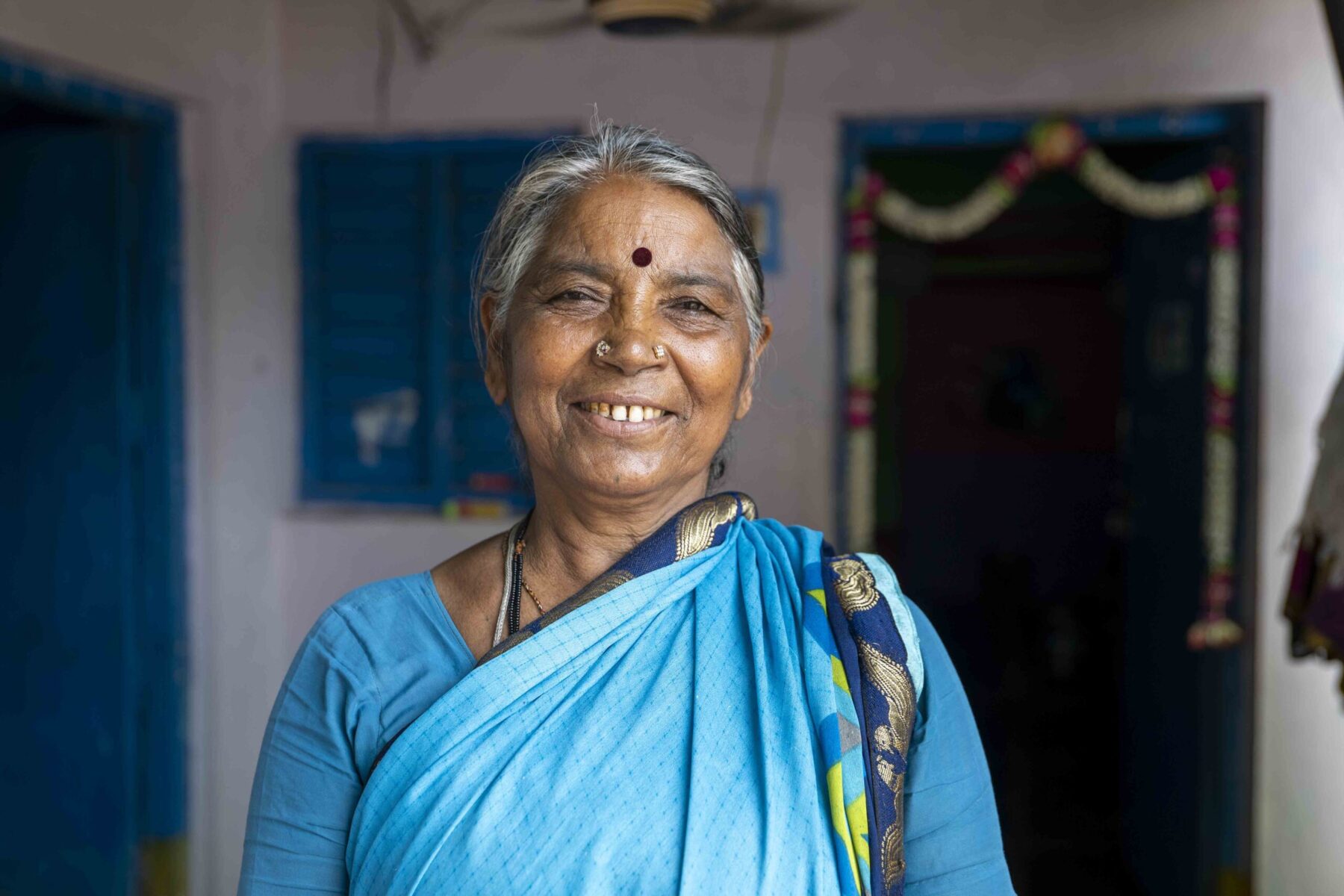BACKGROUND: Information about antimicrobial use is scarce and poorly understood among neonatal intensive care units (NICUs) in India. In this study, we describe antimicrobial use in eight NICUs using four point prevalence surveys (PPSs).
METHODS: As part of the Global Antimicrobial Resistance, Prescribing, and Efficacy in Neonates and Children (GARPEC) study, one-day, cross-sectional, hospital-based PPSs were conducted four times between 1 February 2016 and 28 February 2017 in eight NICUs. Using a standardized web-based electronic data entry form, detailed data were collected for babies on antimicrobials.
RESULTS: A total of 403 babies were admitted to NICUs across all survey days, and 208 (51.6%) were prescribed one or more antimicrobials. Among 208 babies, 155 (74.5%) were prescribed antimicrobials for treatment of an active infection. Among 155 babies with an active infection, treatment was empiric in 109 (70.3%). Sepsis (108, 49.1%) was the most common reason for prescribing antimicrobials. Amikacin (17%) followed by meropenem (12%) were the two most commonly prescribed antimicrobials. For community-acquired sepsis, piperacillin-tazobactam (17.5%) was the most commonly prescribed drug. A combination of ampicillin and gentamicin was prescribed in only two babies (5%). CONCLUSIONS: The recommended first-line antimicrobial agents, ampicillin and gentamicin, were rarely prescribed in Indian NICUs for community acquired neonatal sepsis.






